Diplomatic Corps Official's Dagger
SKU: 34.GOR.04.01.001
Estimated market value:
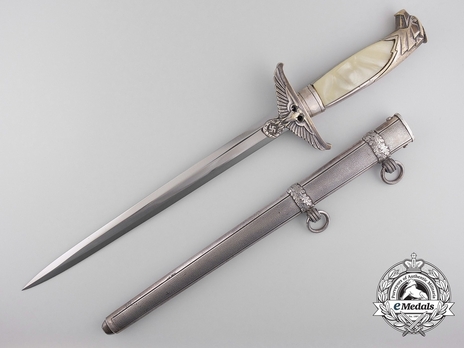
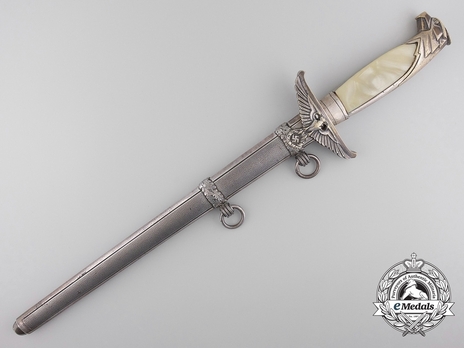
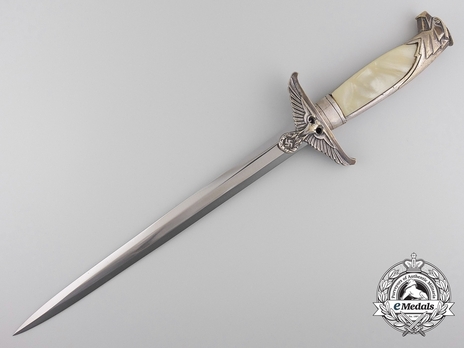
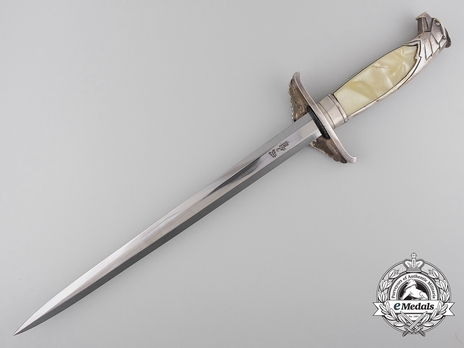
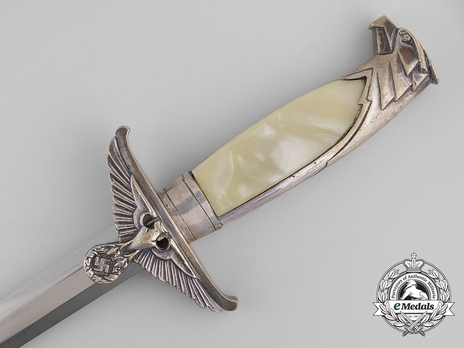
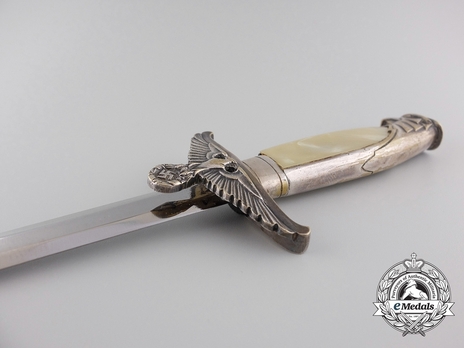
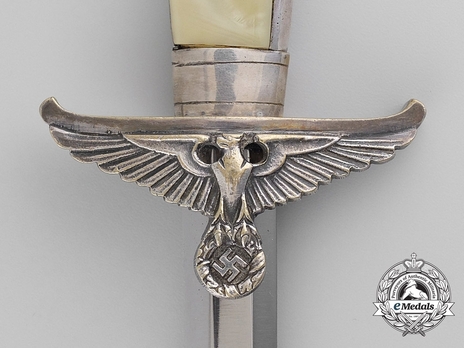
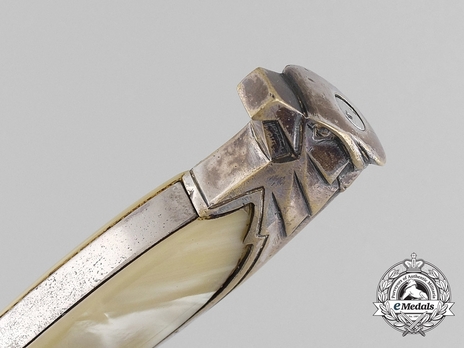
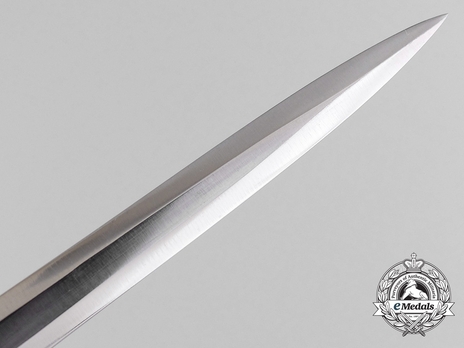
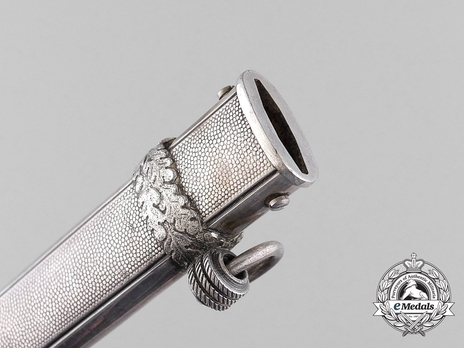
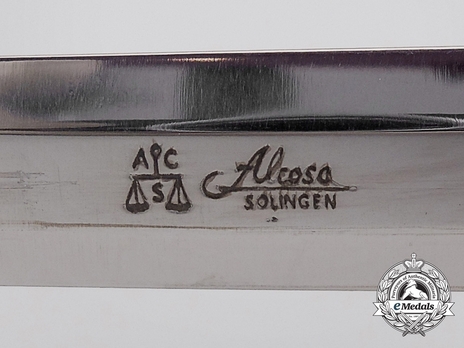
Estimated market value:
Attributes
History
The Diplomatic Corps was made up of officials (civil servants) of the Foreign Ministry. This ministry was taken over in 1938 by newly appointed Foreign Minister Joachim von Ribbentrop who, for the first time, introduced specific Diplomatic Corps uniforms. Prior to 1938, there had been no defined uniforms for members of the Foreign Office.
Prior to the war, the Foreign Ministry was heavily involved in the annexation of Austria and the Sudetenland. During the war, some conquered territory, especially in Poland, was incorporated into the German Reich, while other territory was merely occupied. These countries, while officially still independent, were in reality administered by German officials of the Diplomatic Corps, and in some cases also German-approved puppet governments.
It is important to remember that the officials who served within the borders of the German Reich weren’t of course part of the Foreign Ministry, but rather of the Ministry of the Interior. However, the officials of both these ministries wore nearly identical uniforms.
Officials of the Diplomatic Corps were distinguished by rank as well as their educational level. The latter determined which kind of “Laufbahn” (career) an individual was able to choose. The “Höherer Dienst” (Higher Career) required a university degree, the “Gehobener Dienst” (Elevated Career) required a college degree, the “Mittlerer Dienst” (Middle Career) required a highschool degree, and the “Einfacher Dienst” (Lower Career) required a grade school education, to put it in a simplified way. Additionally, the Higher and Elevated Careers included several different pay groups.
Uniforms for the Diplomatic Corps were first introduced in 1938. They underwent near continuous modification between then and 1943.
The Diplomatic Official’s Dagger was first introduced during Hitler’s state visit to Italy in May 1938. This dagger was only permitted for wear by diplomatic officials.
The handle of the dagger is made up of the pommel, the grip, and the crossguard. The pommel is in the form of a stylized eagle facing to the viewer’s left. The grip is composed of mother-of-pearl, or imitation mother-of-pearl (celluloid). The crossguard features a right-facing national eagle emblem; unlike the Diplomatic Official’s Sword, there are rare instances in which the dagger’s crossguard eagle faces left.
The sword is composed of nickel-plated steel, and the reverse ricasso displays the manufacturer mark/logo.
The scabbard is made from pebbled silvered iron with two silvered fittings, one at the scabbard throat (throat piece/locket) and the other at the bottom (toe piece/chape). Both fittings feature a band with oak leaves and acorn designs and a suspension ring. The suspension ring facilitates the dagger’s attachment to the dagger hangers.
The double strap dagger hangers are composed of a silver-coloured metallic (aluminum) cover sewn onto a navy blue or black velvet base and have silver (silvered) or gold (gilt) coloured buckles and hooks, depending on the rank and pay group of the wearer.
The portapee/sword knot is generally made from metallic silver-coloured (aluminum) bullion wire.

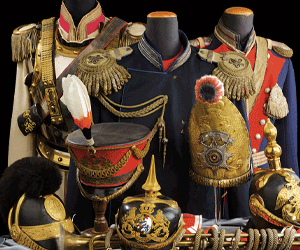
Comments
Sign in to comment and reply.


Scroll Top